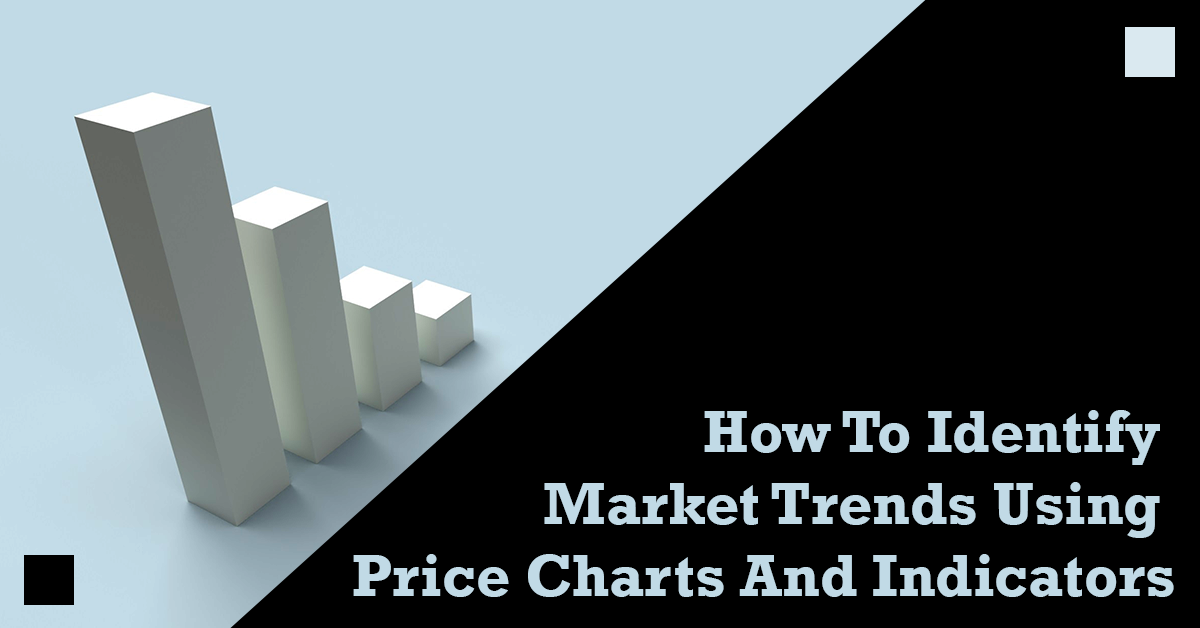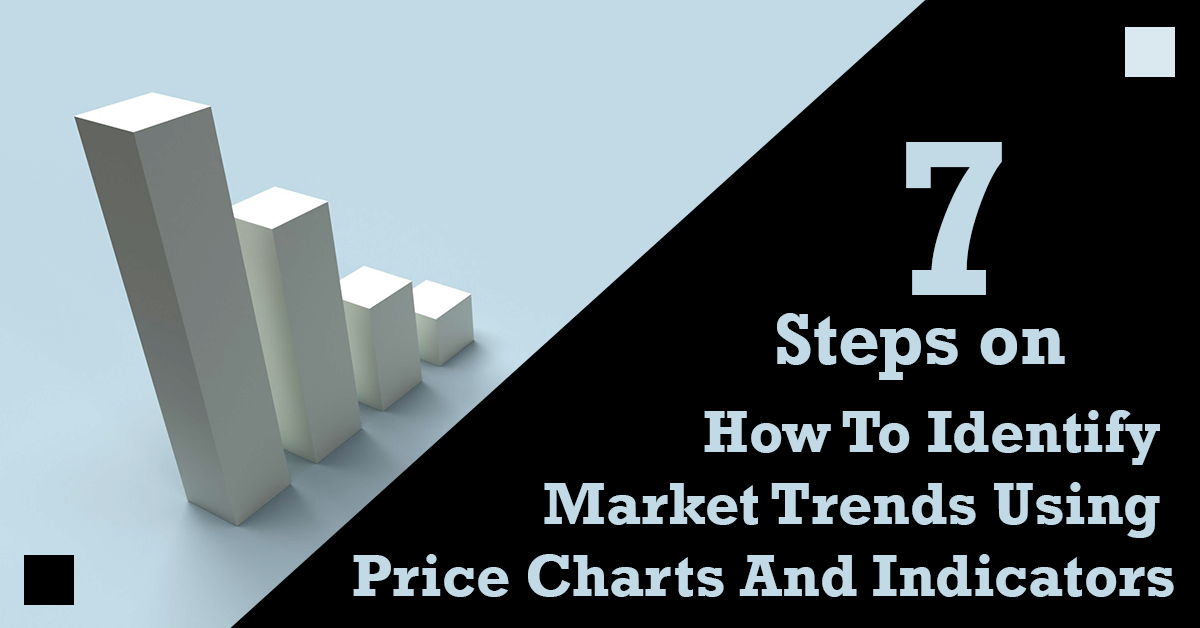How To Identify Market Trends Using Price Charts And Indicators

How To Identify Market Trends Using Price Charts And Indicators: If you are a trader looking to make informed trading decisions, it is essential to be able to identify market trends accurately. Market trends are a reflection of the collective sentiment of market participants, and identifying them early can help you spot profitable opportunities and avoid losses. EnoughInfo.com

One effective way to identify market trends is by using price charts and indicators, which can provide valuable insights into market movements and help you make data-driven decisions. In this guide, we will explore how you can use price charts and indicators to identify market trends and stay ahead of the game in the world of trading. Want to know more, Keep scrolling.
What is a market trend?
Market trends are the overall direction of a financial market. Price changes determine whether market trends are bullish or bearish. Investors, traders, and speculators purchase and sell stocks, currencies, and commodities, forming market movements. Identifying market trends early can help traders spot profitable trading opportunities and make informed trading decisions. Market trends can be analyzed using various tools such as price charts, technical indicators, and fundamental analysis, among others. How to Make Money in the Bull Market( The Ultimate Guide)
FAQs & Answers on How To Identify Market Trends Using Price Charts And Indicators
1. Can price charts and indicators be used to predict future price movements with certainty?
No trading strategy is foolproof, and price charts and indicators cannot predict future price movements with certainty. However, they can provide valuable insights into the market trend and help traders make informed trading decisions.
2. Is it possible to identify multiple trends on the same price chart?
Yes, it’s possible to identify multiple trends on the same price chart. Different time frames or indicators can be used to identify different trends within the same price chart.
3. How often should I analyze price charts and indicators?
The frequency of price charts and indicator analysis will depend on your trading style and goals. Some traders analyze price charts and indicators on a daily basis, while others do it weekly or monthly. It’s important to find a schedule that works for you and your trading strategy.
What are price charts?
Price charts are like a map of a financial instrument’s journey over time. Just like a map helps you navigate through unknown territory, price charts help traders navigate through the complex and ever-changing world of financial markets. Price charts are a visual representation of the historical prices of a financial instrument, with each point on the chart representing the price at a specific point in time. Like a timeline, the horizontal axis of the chart represents time, while the vertical axis represents price. How To Make $1000 daily In Affiliate Marketing(2023)
Price charts come in different forms, such as line charts, bar charts, and candlestick charts. Each type of chart provides different information and insights into the price movements of the financial instrument.
Just like how a map can help you plan your route and avoid obstacles, price charts can help traders plan their trading strategies and avoid potential pitfalls. By analyzing price charts, traders can identify market trends, support and resistance levels, and price patterns, among other things.
How To Identify Market Trends Using Price Charts And Indicators

1. Choose a time frame
The first step is to choose a time frame that suits your trading style. For example, short-term traders usually use charts with shorter time frames (such as 5-minute or 15-minute charts), while long-term traders use charts with longer time frames (such as daily or weekly charts). Once you have chosen your time frame, you can move on to the next step.
2. Plot price charts
The next step is to plot price charts for the financial instrument you want to trade. Price charts show the historical prices of the instrument and can be used to identify trends. You can use various types of charts such as line charts, bar charts, or candlestick charts. Candlestick charts are the most popular among traders as they provide more information than other types of charts.
3. Identify support and resistance levels
Support and resistance levels are price levels where the market tends to reverse or stall. By identifying these levels, you can get a better idea of the trend direction. You can identify support and resistance levels by looking at areas where the price has reversed in the past.
4. Draw trend lines
Trend lines are lines drawn on the chart that connect two or more price points. They are used to identify the direction of the trend. To draw a trend line, you need to connect two or more consecutive highs or lows, depending on whether the trend is bullish or bearish. A bullish trend line is drawn by connecting two or more consecutive lows, while a bearish trend line is drawn by connecting two or more consecutive highs.
5. Use indicators
Indicators are mathematical calculations based on price and/or volume data. They can provide additional information about the market trend and can be used to confirm or refute your analysis. Some of the popular indicators used for trend analysis include moving averages, relative strength index (RSI), and MACD.
6. Analyze price patterns
Price patterns are repetitive formations that occur on price charts. They can provide insights into market sentiment and help identify trend direction. Some of the popular price patterns used for trend analysis include head and shoulders, double top/bottom, and flags and pennants.How To Make $5000 From Crypto Arbitrage
7. Monitor news and events
Finally, it is important to monitor news and events that can impact the financial markets. For example, economic data releases, political developments, and central bank announcements can all impact market trends. By keeping an eye on these events, you can adjust your trading strategy accordingly.
Conclusion
In conclusion, if you combine the procedures outlined above, you will be able to properly spot market trends using price charts and indicators, and you will also be able to make trading decisions based on accurate information. It is essential to keep in mind that there is no trading technique that is completely risk-free, and that you should constantly be ready for unforeseen shifts in the market. How To Make Money With Blockchain Technology




